People & Culture
People and culture of Kot Mithan, a town rich in Saraiki heritage, Sufi traditions, and rural charm:
People & Culture
The people of Kot Mithan, a town in the Rajanpur District of Punjab, Pakistan, have a rich and diverse cultural heritage. The culture of Kot Mithan is primarily influenced by the traditional values, customs, and practices of the region, which are shaped by both the rural lifestyle and the historical background of the area. Here are some aspects of the culture of Kot Mithan.
Saraiki culture is the culture of the Saraiki people, residing in Pakistan and outside Pakistan.
The traditional dress of Saraiki People is the Shalwar kameez; This is also the national dress of Pakistan. Traditional Sajaraki is an important part of Saraiki male and female dress.
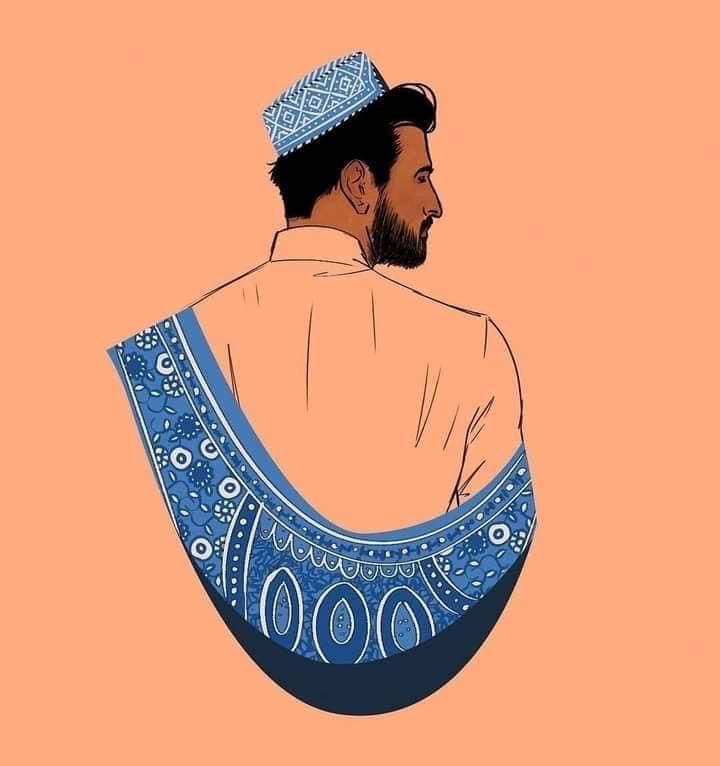
- Language
- The predominant language spoken in Kot Mithan is Seraiki, a language closely related to Punjabi and widely spoken in southern Punjab. Urdu is also understood and spoken, especially in urban areas and for official purposes.
- Traditional Clothing
- Like other rural areas of Punjab, traditional attire for men includes shalwar kameez with a turban, while women typically wear shalwar kameez or ghagra-choli along with a dupatta. The clothing is often made of cotton, suitable for the hot and dry climate of the region.
- Festivals and Celebrations
- Eid-ul-Fitr and Eid-ul-Adha are widely celebrated, as in other parts of Pakistan. People come together for communal prayers, feasts, and visiting family and friends.
- The Urs of Hazrat Khawaja Ghulam Farid at Kot Mithan is one of the most significant spiritual and cultural events in the region. It is a major annual event that attracts thousands of devotees, both from Pakistan and abroad, who come to honor and celebrate the life, teachings, and spiritual legacy of this revered Sufi saint. The Urs (death anniversary) of Hazrat Khawaja Ghulam Farid is a special occasion for his followers. It is celebrated with great reverence and enthusiasm, usually held on the 5th -7th of Rabi-us-Sani in the Islamic lunar calendar (which varies each year based on the Islamic calendar). The Urs brings together thousands of devotees for a series of spiritual and cultural activities, including:
- Food and Cuisine
- Traditional foods in Kot Mithan reflect the Punjabi rural diet. Common dishes include roti (flatbread), dal (lentils), saag (mustard greens), sindhi biryani, and pilaf.
- Meat, particularly chicken, mutton, and beef, is an essential part of the diet, and dishes like sajji (whole stuffed lamb) are enjoyed during special occasions.
- Agricultural Practices
- The region is known for agriculture, and the people of Kot Mithan engage in farming and livestock rearing. Wheat, cotton, rice, and sugarcane are some of the key crops grown in the area. The culture is deeply tied to the rhythms of the agricultural calendar.
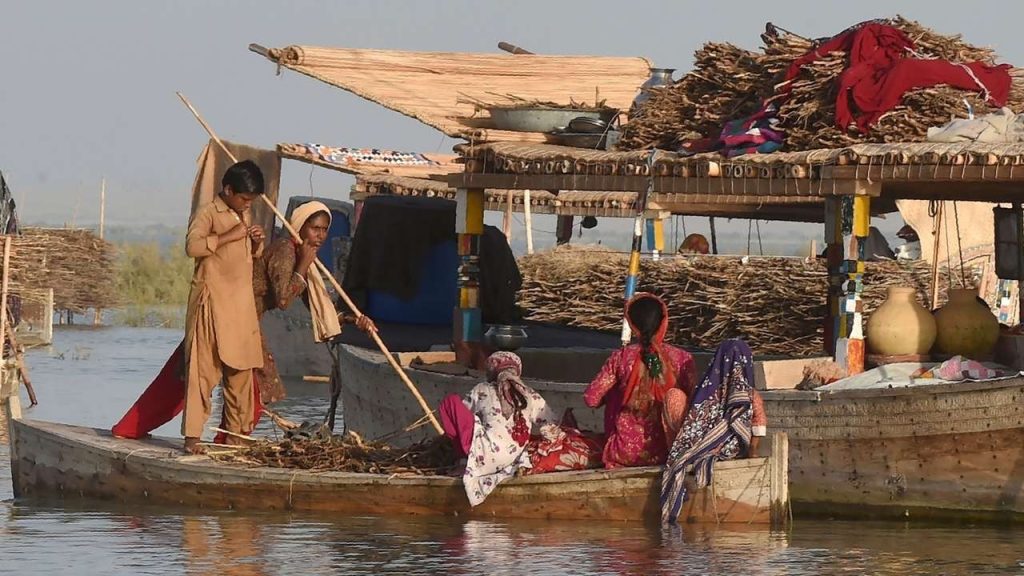
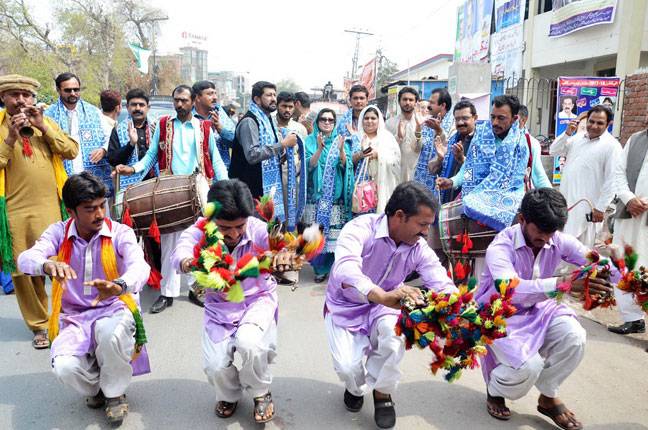
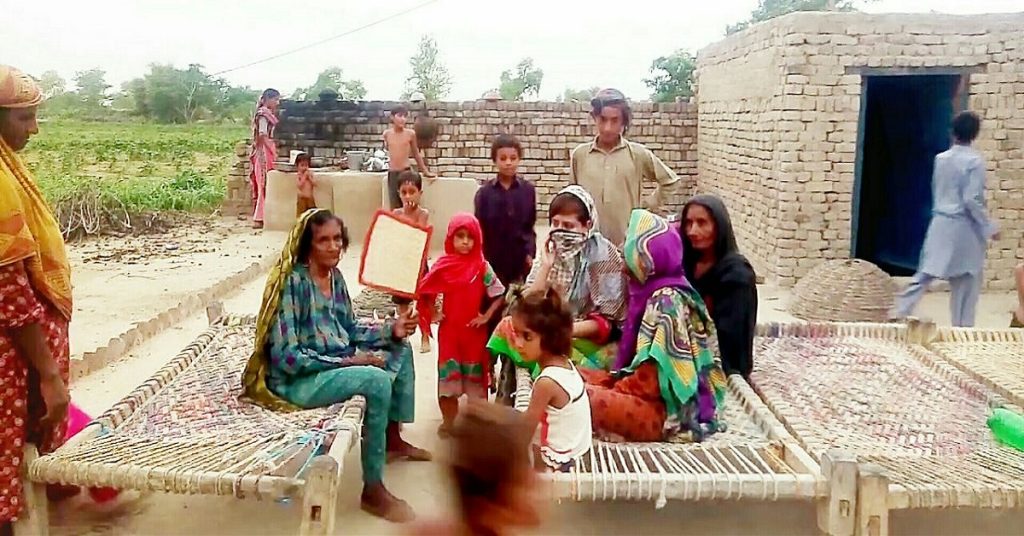
- Music and Dance
- Traditional music plays a significant role in the culture of Kot Mithan. Folk music is very popular, with instruments like the dhol (drum) and tabla commonly used. The Seraiki folk songs often reflect the themes of love, longing, and the beauty of nature.
- Bhangra and Gidda (a traditional Punjabi dance) are popular, particularly during weddings and celebrations.
- Family and Social Structure
- The social structure in Kot Mithan is predominantly traditional, with strong family bonds. The extended family system is common, and respect for elders is an important cultural value. Marriages are often arranged, and there is a strong emphasis on maintaining family ties.
- Tribal and clan affiliations also play a significant role in the community dynamics.
- Religious Practices
- The majority of people in Kot Mithan are Muslim, and Islamic customs and traditions are an integral part of daily life. Mosques serve as important community centers, not only for prayer but also for social gatherings and educational purposes.
- The region also has a number of Sufi shrines, and Sufi practices and traditions influence the spiritual culture of the area.
- Craftsmanship
- Handicrafts such as embroidery and carpets are popular in the region. Local artisans often create intricate designs, reflecting the artistic culture of the area. Pottery and woven textiles are also common in the surrounding areas.
- Hospitality
- Like most parts of Punjab, the people of Kot Mithan are known for their warmth and hospitality. Guests are treated with great respect, and offering tea, food, or sweets is common when hosting visitors.
Overall, the culture of Kot Mithan is a vibrant blend of traditional Punjabi rural life, strong family values, and a deep connection to the land and local customs. It remains grounded in agriculture, spirituality, and a sense of community.
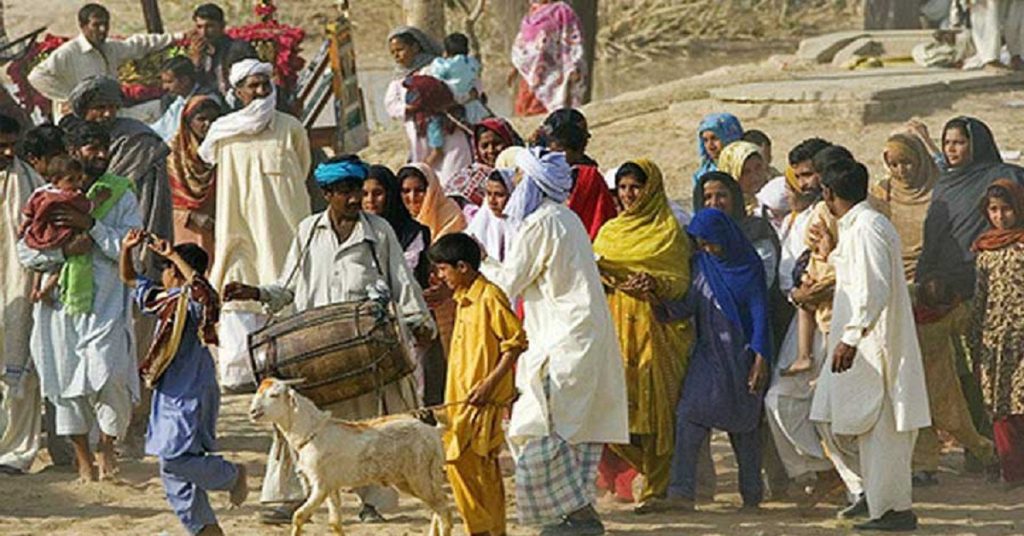
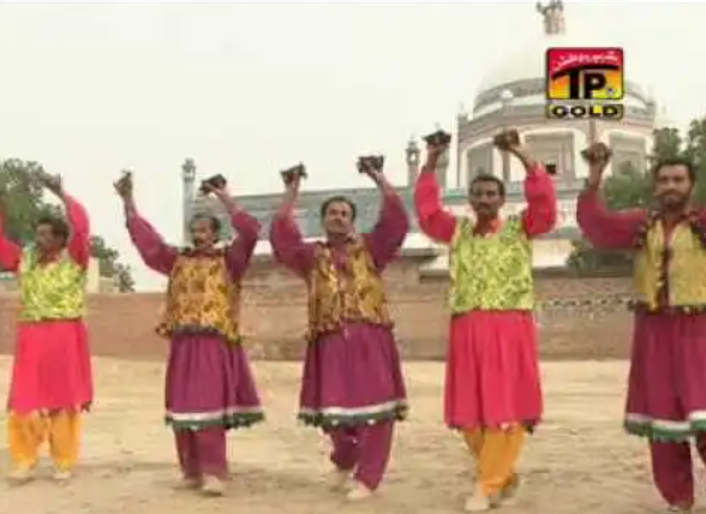
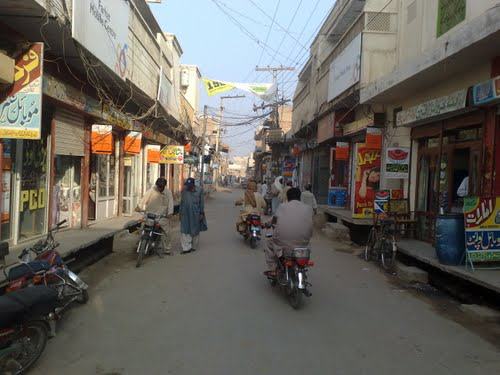
کیا تِھیا جو تیڈی نہ بنڑی
تھِیسی اُوہا جیرھی رَب گِنڑی
مُلاں نئیں کہیں کار دے
شیوے نہ جانڑڑ یار دے